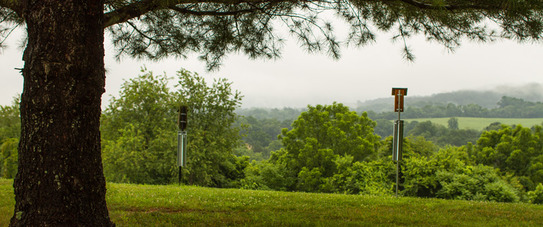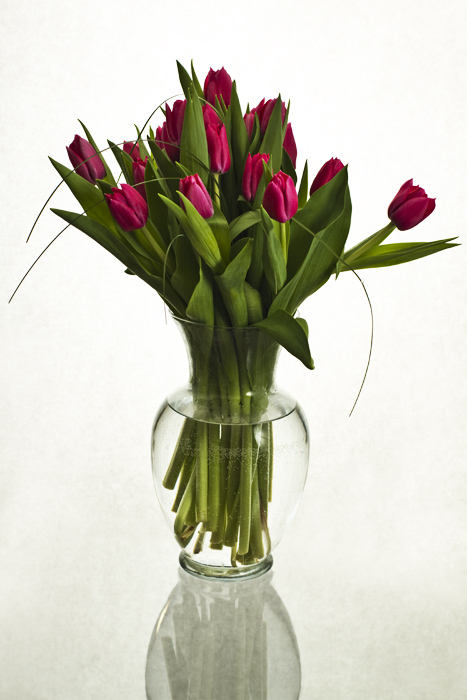
Boston in July? Why not?
We'd never been, but it wasn't on a whim that we travelled this far into foreign territory. Months ago, after acquisition of one of motion picture technology's most favored devices - a Steadicam Pilot - it was recommended by one and all that a workshop should be included along with the Steadicam. The workbook is a great start, but the hands-on approach is a quick way to vault up the learning curve. At the time, the Boston workshop was the closest time wise as well as geographically.
In the few months between signing up for the workshop and actually attending in Boston, I've been able to get in a good bit of practice, find various balance combinations that do or don't work, and employ the device in the production of a short film, the self produced "Walking With Roscoe."
While the location of our hotel was less than ideal for direct access to famous tourist sites in Boston (it was chosen to be within walking distance to the workshop), public transportation in the Boston area is superb. The CharlieCard, which can be purchased in all the subway stations, permits access to the subway trains as well as the buses. It keeps an electronic record of the fare paid initially, rides deducted, and can be replenished electronically as many times as desired. Something this intelligent is bound to help immesureably with getting people to use public transportation. Which the Boston area residents surely do. Buses and trains are nearly always full, and they run on a frequent schedule.
It would seem that all the classes and workshops I take I already have a fairly good grasp of the material prior to arrival. This seemed to be the case with this workshop as well. At least I know the theory. The practice requires A LOT more practice. What our instructor, Director of Technical Services at Steadicam, Peter Abraham was particularly emphatic about is learning to use the Steadicam to carry a camera in a manner that truly emulates how a human witnesses the present. Or at least be aware of the manner of human presence, to create movement that contradicts the smoothed, rounded corners, short cutted way we travel through life.
Day 1 was theory and basic movement.
Day 2 was practice operating three different shots designed by Peter that permitted us to branch out and work in various spaces around the Rule/Boston Camera facility. Shot 1 was with the Panasonic AG-AF100 Micro 4/3 camera on a Pilot rig, and utilized a Don Juan move in the middle of the shot. Shot 2 used some large Panasonic video camera & lens on the Zephyr rig in low mode, camera flipped upside down and the monitor up top. A lot of gear to move around, it never felt very comfortable. Shot 3 was with a Sony PMW F3, a Zeiss 18mm CP2 prime, on a Scout rig. This was our Grand Prix shot, the only one recorded during the weekend. In fact, everyone looked pretty good.
And it was pretty nice to return home and be able to offer some Steadicam work to someone else the following day.
 Saturday, February 18, 2017 at 10:15PM
Saturday, February 18, 2017 at 10:15PM  KMW |
KMW |  Post a Comment |
Post a Comment |  Congress Hall,
Congress Hall,  beach,
beach,  boardwalk,
boardwalk,  cape may,
cape may,  resort,
resort,  snow in
snow in  the recent past,
the recent past,  travel,
travel,  video
video 
















